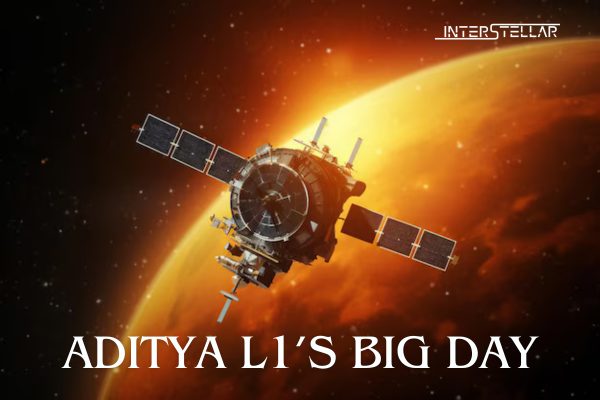Aditya L1, India’s resident solar observer in space, observed in great detail the recent geomagnetic storm on the solar surface. The Indian Space Research Organisation (ISRO) claimed that two sensors onboard the spacecraft made observations of the solar phenomenon using the Solar Low Energy X-ray Spectrometer (SoLEXS) and High Energy L-1 Orbiting X-ray Spectrometer (HEL1OS). While other equipment on the satellite such as the Aditya Solar Wind Particle Experiment (ASPEX) and High Resolution Digital Magnetometers detected the phenomenon using different techniques a couple of days later.
Multiple X-class and M-class flares associated with the Coronal Mass Ejections (CMEs) led to the geomagnetic storms that were recorded by the lone sentinel in space. The observations were made in the AR13664 region of the sun. Solar Ultra Violet Imaging Telescope (SUIT) and the Visible Emission Line Coronagraph (VELC) detectors were not able to detect these sudden events as they were in baking and calibration modes. But these two sensors provided additional information later.
Such geomagnetic storms can throw satellites off their orbits. This could lead to hampering of communications and could lead to internet blackouts in some areas. Strong solar storms can also affect navigation systems on Earth, trigger blackouts and jam high-frequency radios. This was the same storm because of which brighter Northern Lights or Aurora Borealis were observed across a much wider area than usual. Even NASA’s Mars Curiosity rover could see white specks of charged particles due to a later solar storm, the biggest surge in particle detection in the rover’s 12 years on Mars. Earth’s dense atmosphere protects us from such radiation from X-class flares. Although the northern and southern lights are a visible form of interaction with charged particles from the sun.
Aditya L1, is ISRO’s coronagraphy spacecraft that is located at Lagrange Point 1. The satellite was sent by India to study the sun and is located roughly 15 lakh km from Earth. Lagrange Point (also known as Liberation Point) is an area where the gravitational forces of two massive celestial bodies cancel out each other’s gravitational force. This means that Aditya L1 is at a point where Earth & Sun’s gravities cancel each other out giving the satellite a stable orbit. Aditya was launched on September 2, 2023 and reached orbit on 6 January. The 1,500 KG satellite carries seven different payloads including Plasma Analyser Package For Aditya (PAPA) and the ones listed above.





